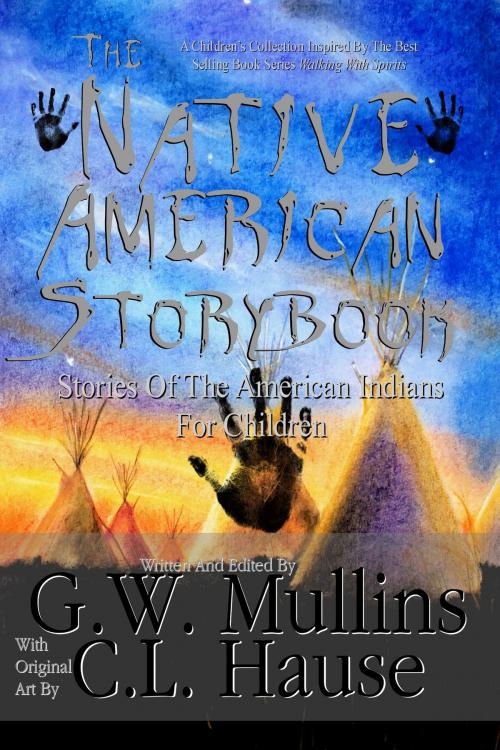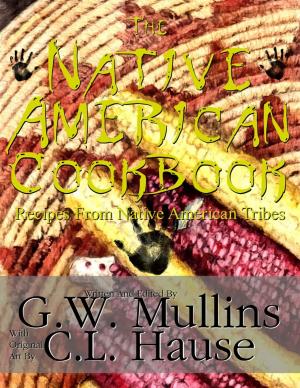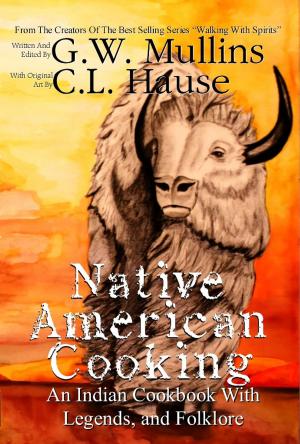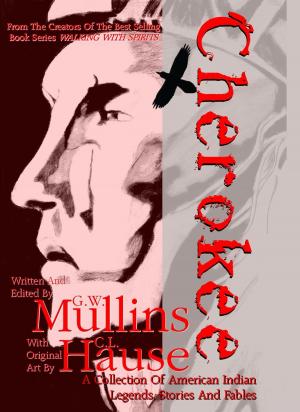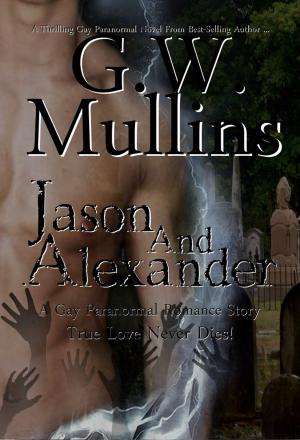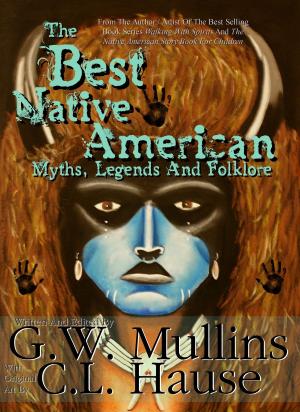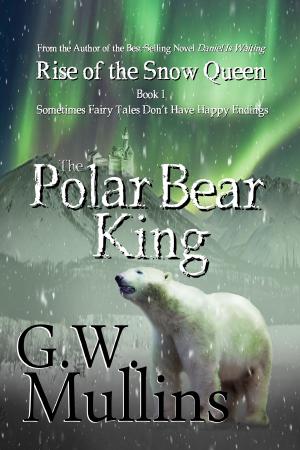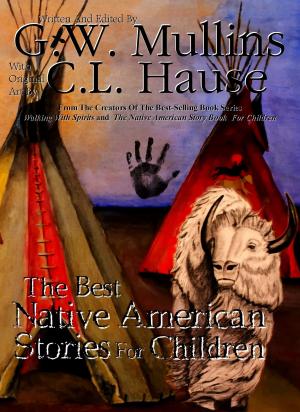The Native American Story Book Stories Of The American Indians For Children
Kids, People and Places, Folklore and Mythology, Non-Fiction, USA, Nonfiction, Social & Cultural Studies, Social Science, Cultural Studies, Native American Studies| Author: | G.W. Mullins, C.L. Hause | ISBN: | 1230000267441 |
| Publisher: | Light Of The Moon Publishing | Publication: | September 10, 2014 |
| Imprint: | Language: | English |
| Author: | G.W. Mullins, C.L. Hause |
| ISBN: | 1230000267441 |
| Publisher: | Light Of The Moon Publishing |
| Publication: | September 10, 2014 |
| Imprint: | |
| Language: | English |
For many hundreds of years, people wandered into the great northwest. They came from all directions across Canada and the United States. These early people were not only skilled farmers, they were also clever builders, engineers, and weavers. They loved games of skill. They created stories, songs and poetry. Although they spoke many different languages, and had many different customs, they had at least one thing in common - they were the first immigrants.
These people lived in the United States long before the arrival of Christopher Columbus and the Europeans. These people and cultures are called Native Americans. The first people to live in a land are called indigenous peoples. This means they were the original settlers. The Native Americans are the indigenous peoples and cultures of the United States.
So why are these peoples referred to as Indians or American Indians? This is because when Columbus had first landed in America, he thought he had sailed all the way to the country of India. He called the locals Indians and the name stuck for some time.
The Native Americans were grouped into tribes or nations usually based on the area they lived in and their culture such as their religion, customs, and language. Sometimes smaller tribes were part of a bigger tribe or nation. There were hundreds of tribes throughout the United States when Columbus first arrived. Many of them are well known such as the Cherokee, Apache, and the Navajo.
Native Americans used games, myths, dance, and impersonation to teach the children of their history and ways of life. They did not write down or record their history, so we have to find out about their history in other ways. Many oral histories were lost when European explorers and settlers came to the Americas. With them, they brought disease. The People became ill with smallpox and other illnesses. Many died. Much was lost.
Today, there are over 500 federally recognized tribes in the United States alone. We can learn from traditions and stories that have been passed down from generation to generation within the remaining tribes.
Through storytelling, the rich history of the Native American tribes is alive and well today. It has been shared and preserved and still pays tribute to fallen heroes of the past. It is through these glimpses into the past, and these stories much like the ones that are contained in this book, that you can see what a proud heritage they possess and how in tune with the Earth Native Americans really are.
With this book I hope you understand the Native American people a little better and understand where they have come from and what they can offer the world. By exploring these stories I offer you a glimpse into an often forgotten past. The past of my people. I was born Cherokee and as a child heard many of these stories. These stories were passed to me in the old traditional way by my grandfather. And now I give these stories to you, to carry forward for younger generations to explore and learn.
For many hundreds of years, people wandered into the great northwest. They came from all directions across Canada and the United States. These early people were not only skilled farmers, they were also clever builders, engineers, and weavers. They loved games of skill. They created stories, songs and poetry. Although they spoke many different languages, and had many different customs, they had at least one thing in common - they were the first immigrants.
These people lived in the United States long before the arrival of Christopher Columbus and the Europeans. These people and cultures are called Native Americans. The first people to live in a land are called indigenous peoples. This means they were the original settlers. The Native Americans are the indigenous peoples and cultures of the United States.
So why are these peoples referred to as Indians or American Indians? This is because when Columbus had first landed in America, he thought he had sailed all the way to the country of India. He called the locals Indians and the name stuck for some time.
The Native Americans were grouped into tribes or nations usually based on the area they lived in and their culture such as their religion, customs, and language. Sometimes smaller tribes were part of a bigger tribe or nation. There were hundreds of tribes throughout the United States when Columbus first arrived. Many of them are well known such as the Cherokee, Apache, and the Navajo.
Native Americans used games, myths, dance, and impersonation to teach the children of their history and ways of life. They did not write down or record their history, so we have to find out about their history in other ways. Many oral histories were lost when European explorers and settlers came to the Americas. With them, they brought disease. The People became ill with smallpox and other illnesses. Many died. Much was lost.
Today, there are over 500 federally recognized tribes in the United States alone. We can learn from traditions and stories that have been passed down from generation to generation within the remaining tribes.
Through storytelling, the rich history of the Native American tribes is alive and well today. It has been shared and preserved and still pays tribute to fallen heroes of the past. It is through these glimpses into the past, and these stories much like the ones that are contained in this book, that you can see what a proud heritage they possess and how in tune with the Earth Native Americans really are.
With this book I hope you understand the Native American people a little better and understand where they have come from and what they can offer the world. By exploring these stories I offer you a glimpse into an often forgotten past. The past of my people. I was born Cherokee and as a child heard many of these stories. These stories were passed to me in the old traditional way by my grandfather. And now I give these stories to you, to carry forward for younger generations to explore and learn.
